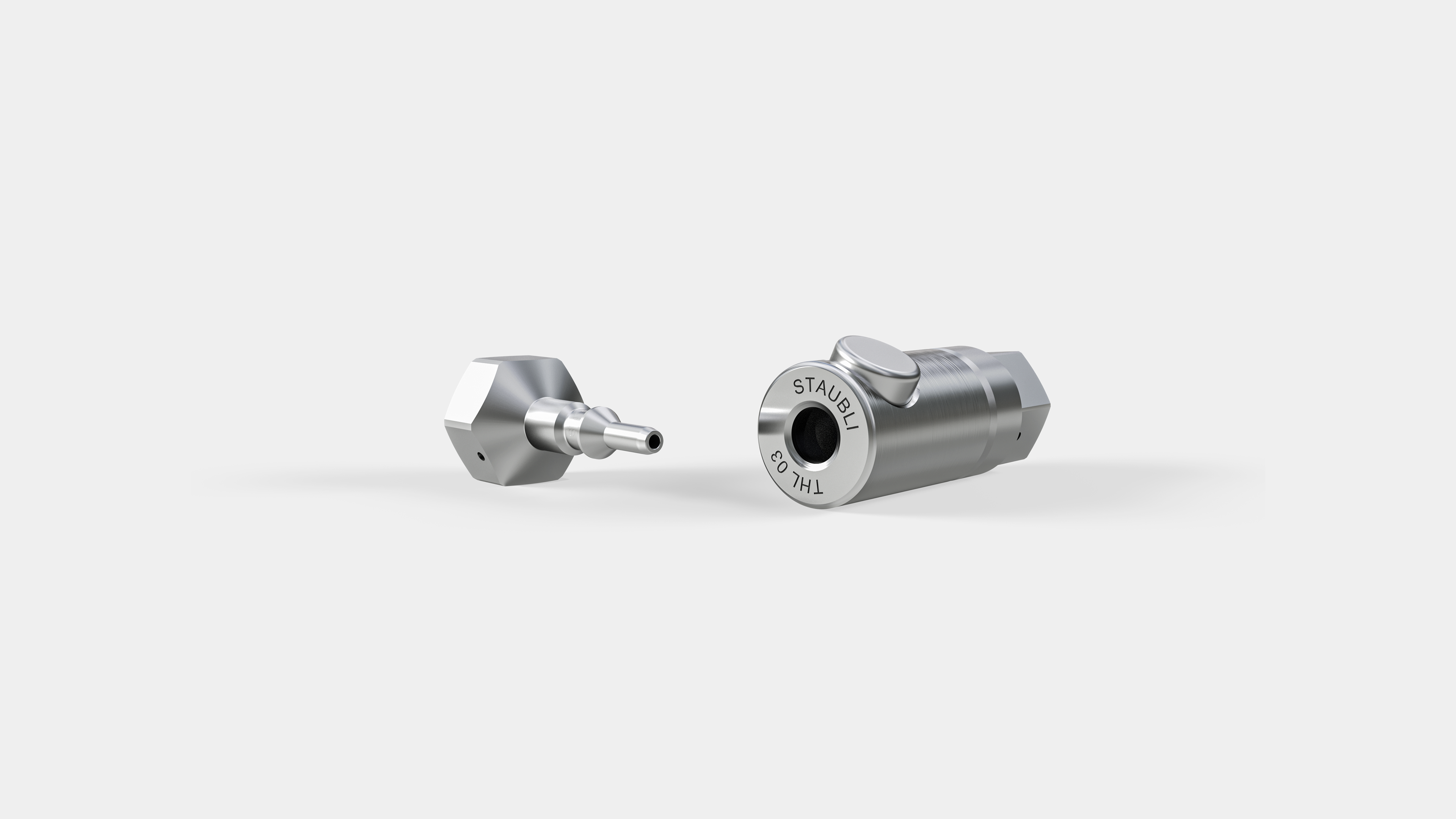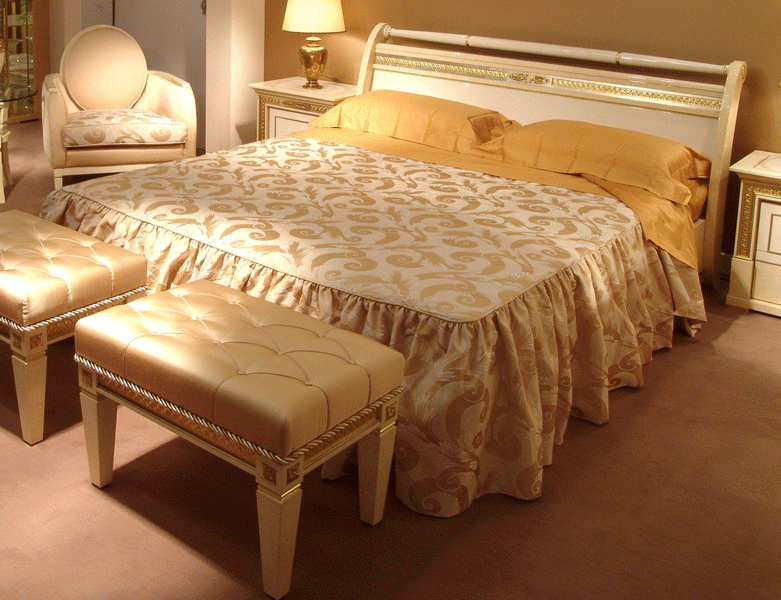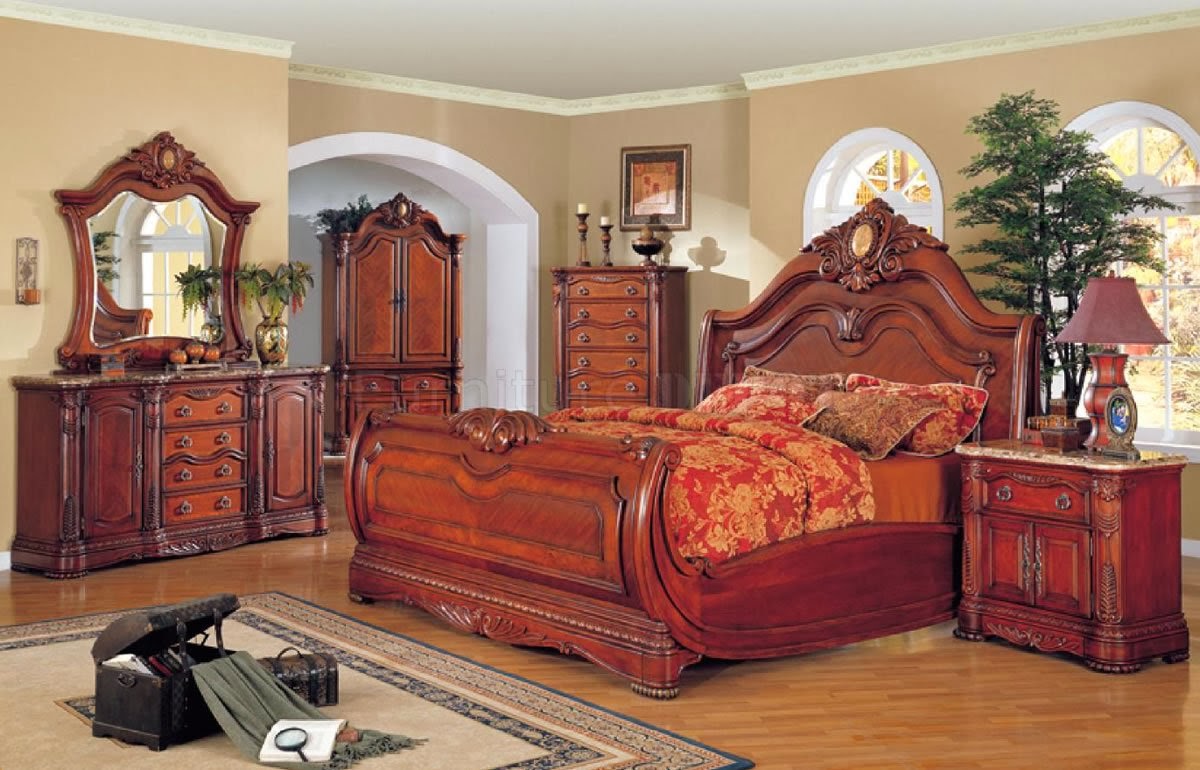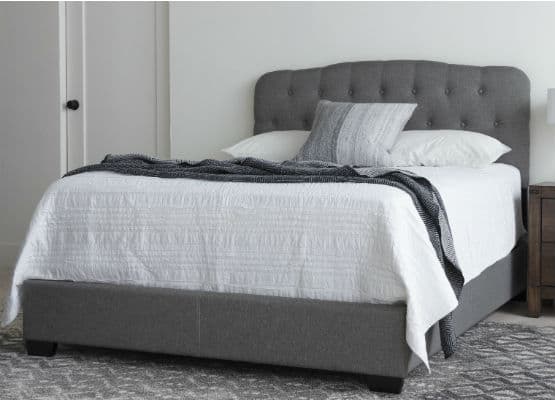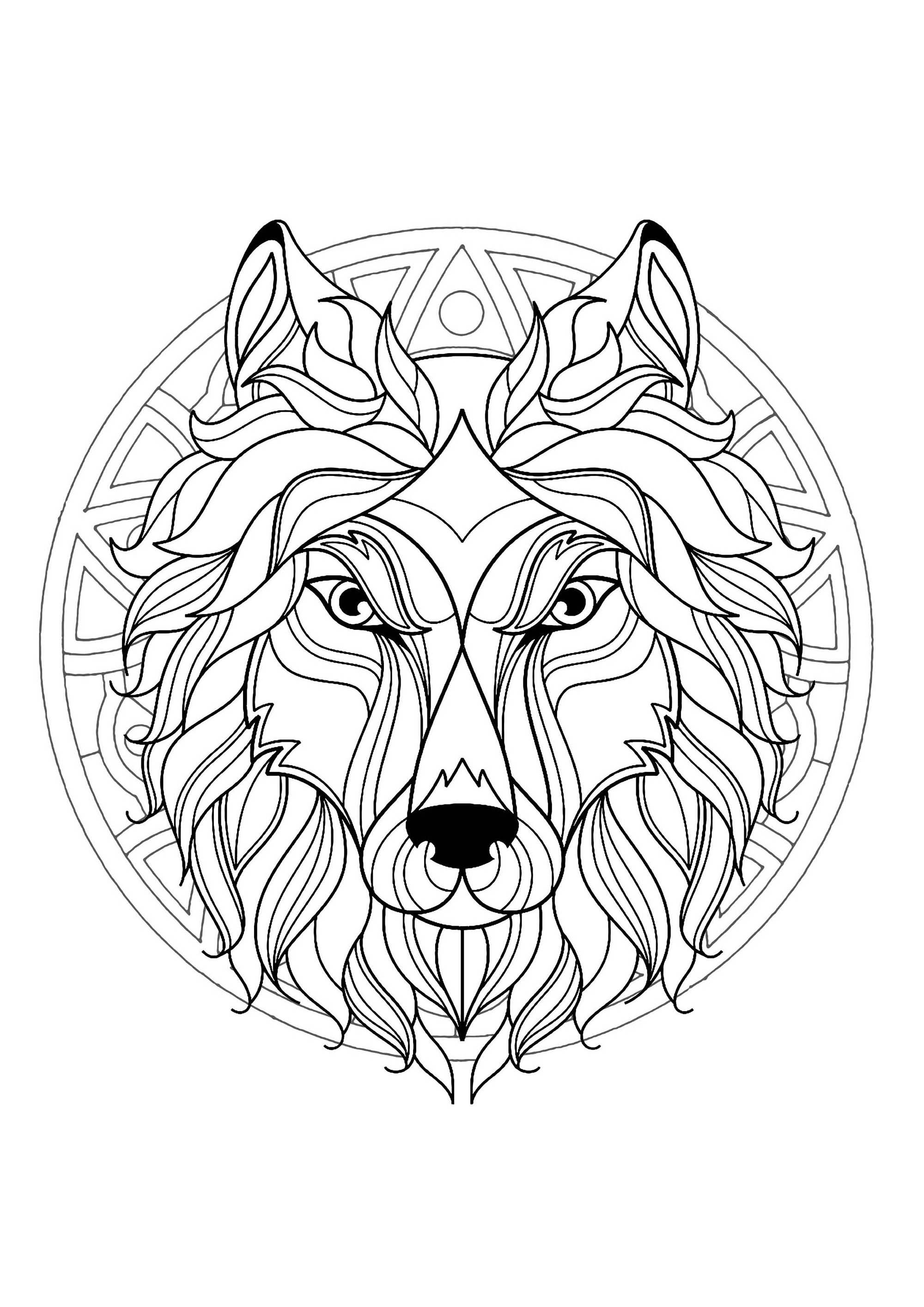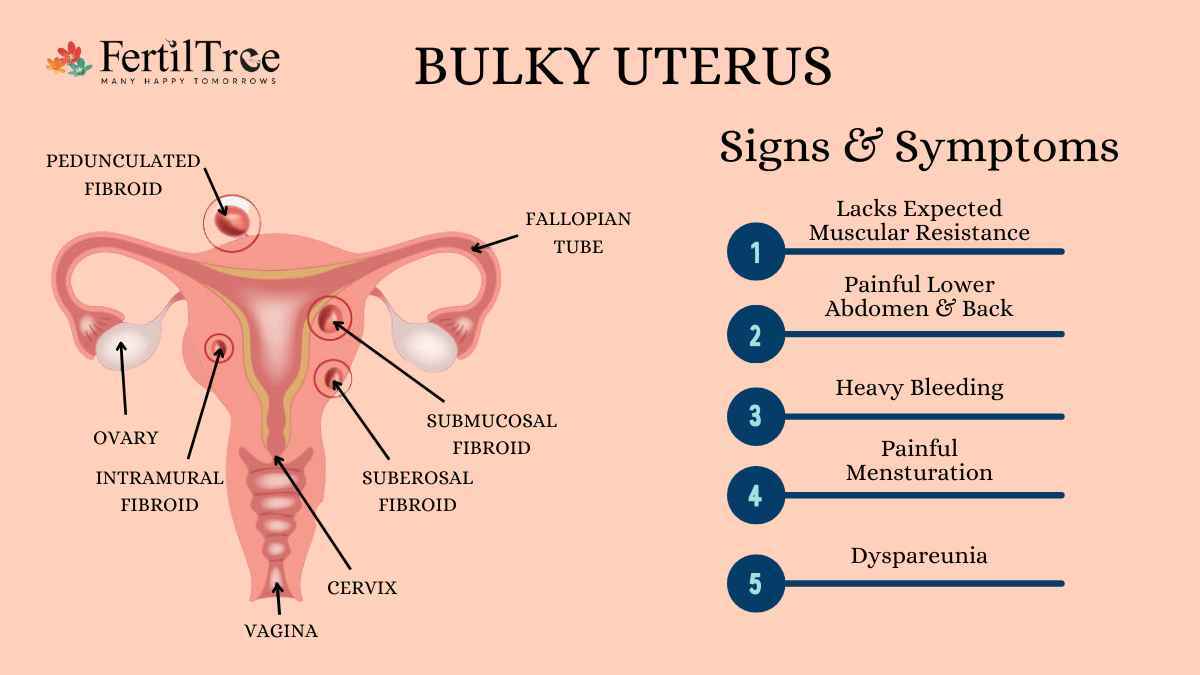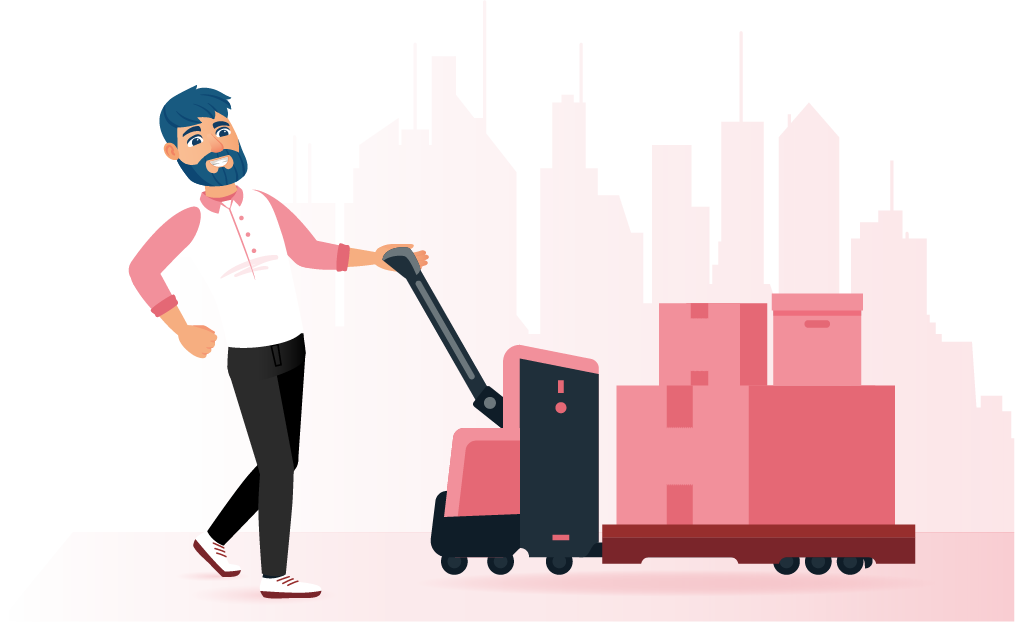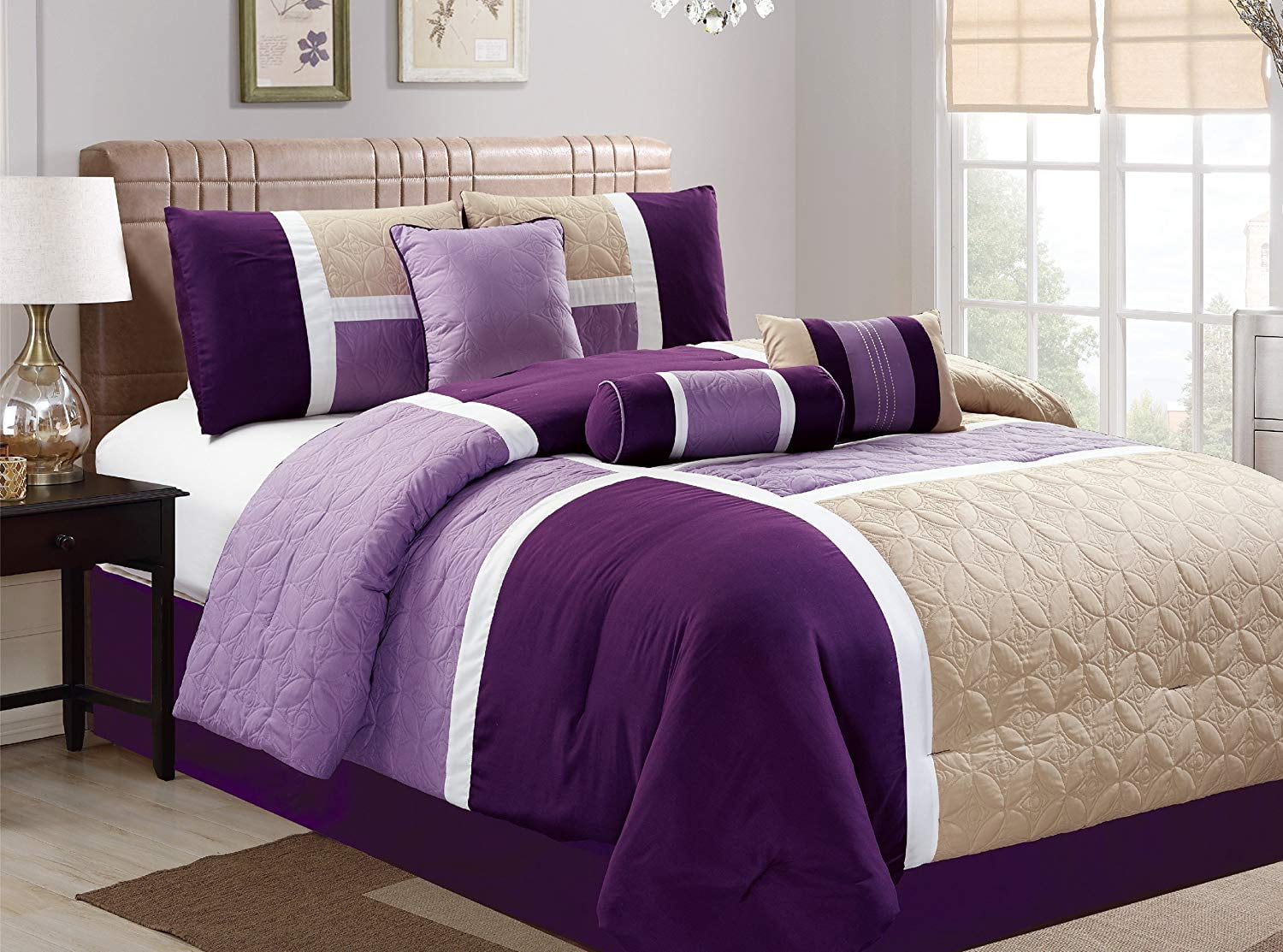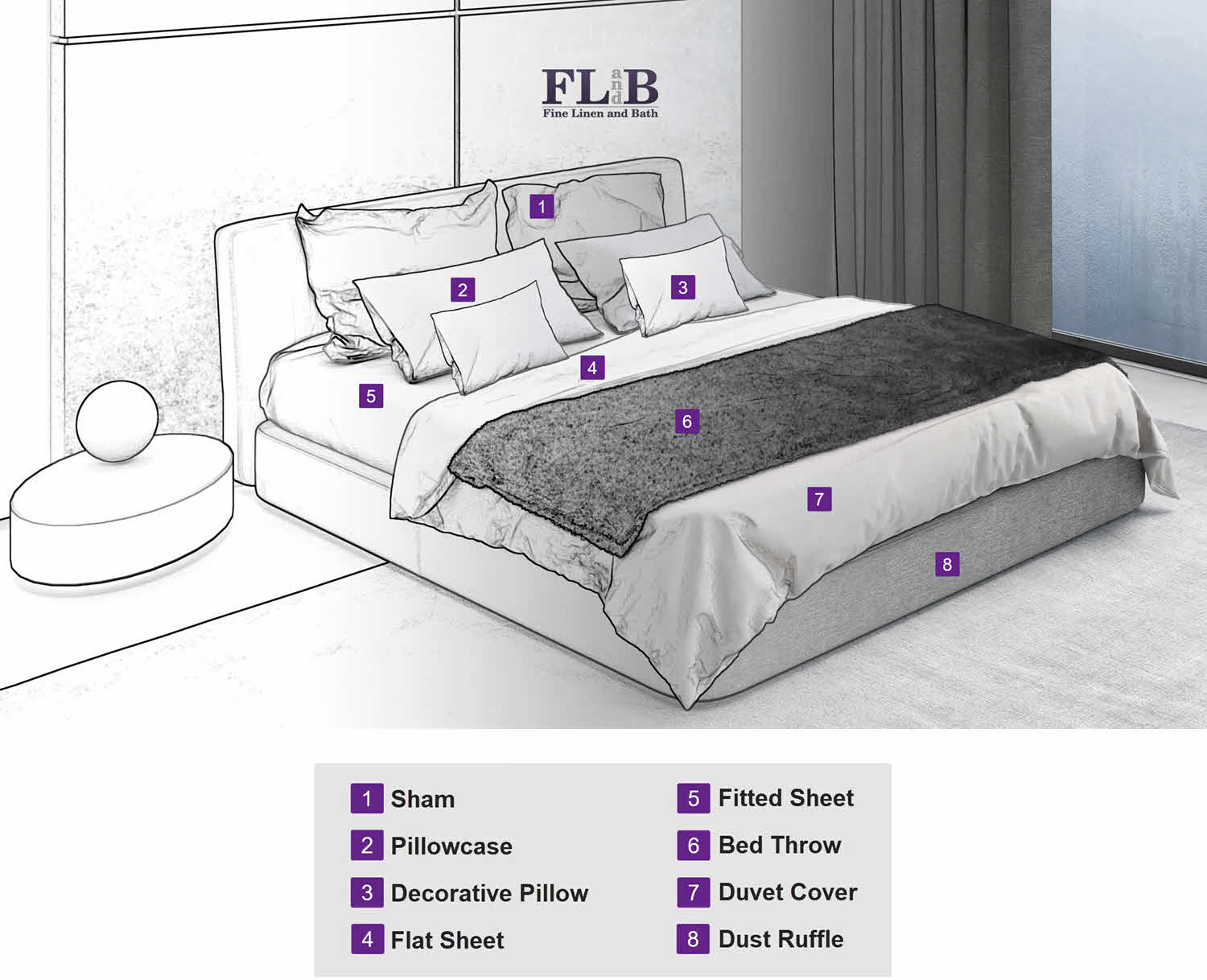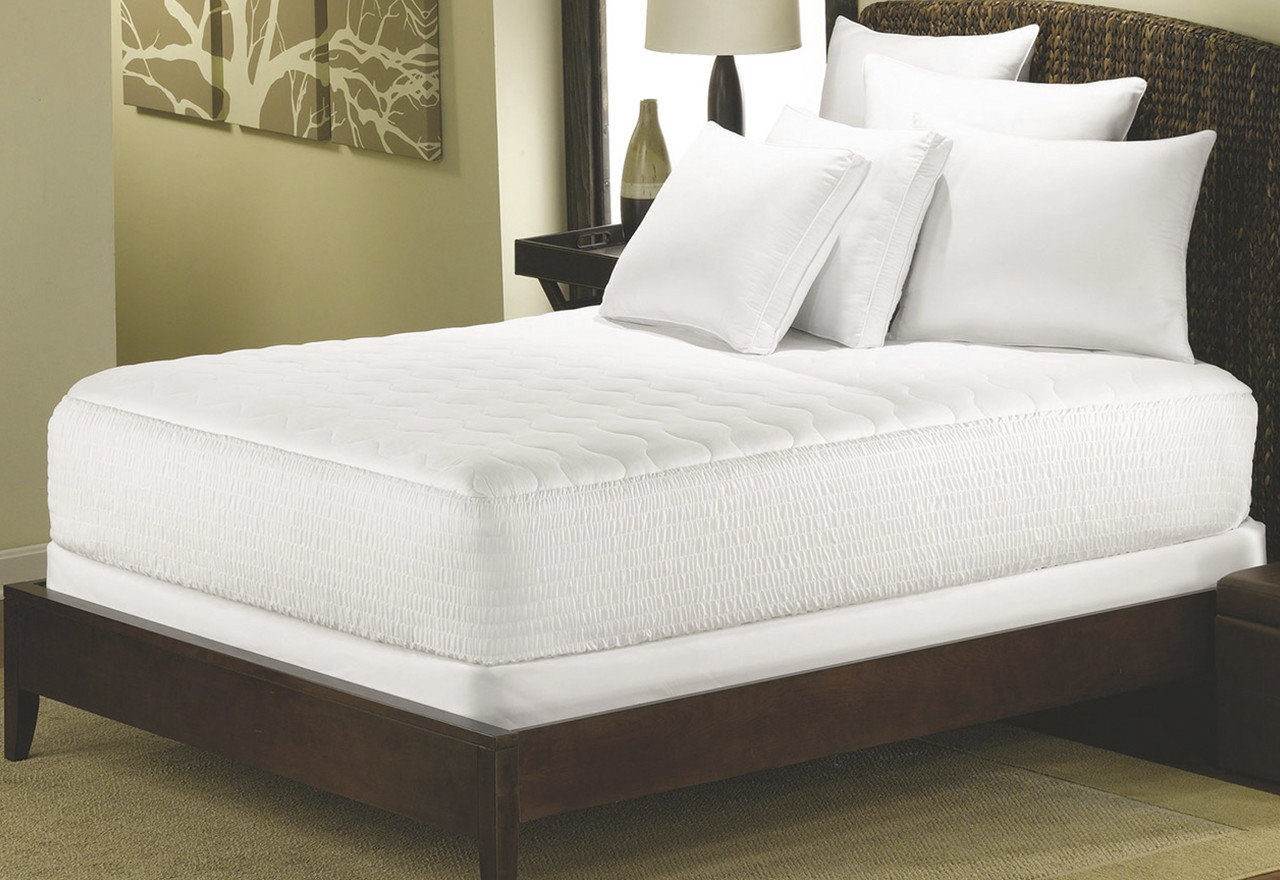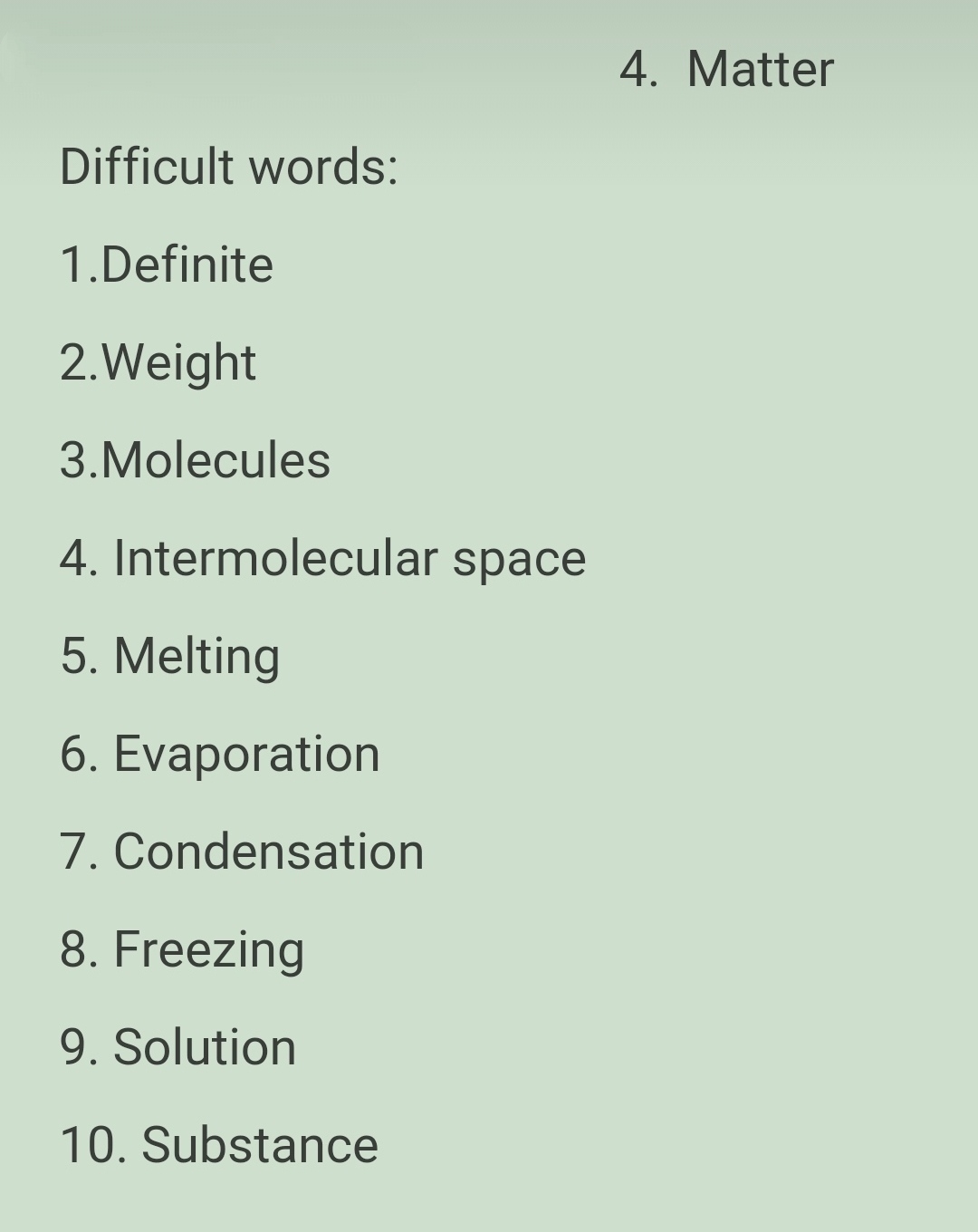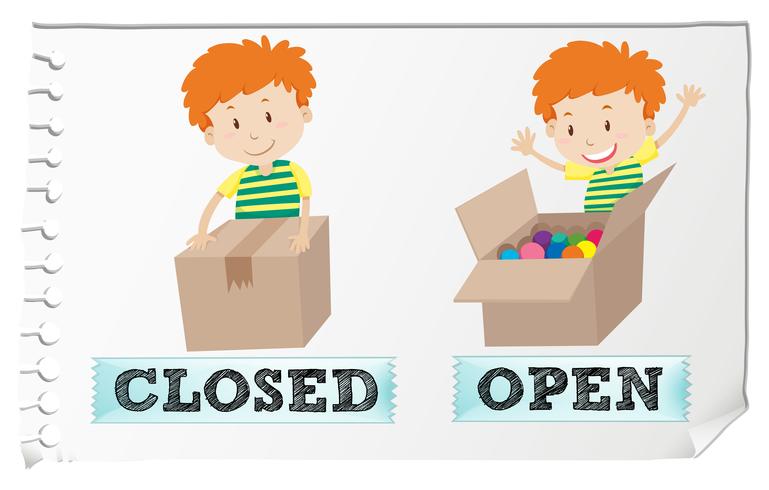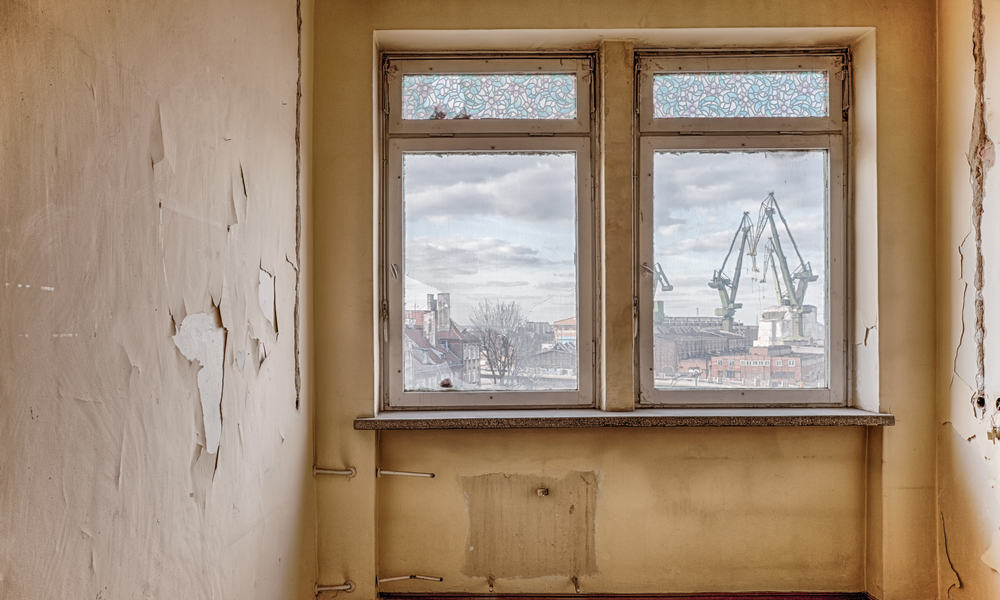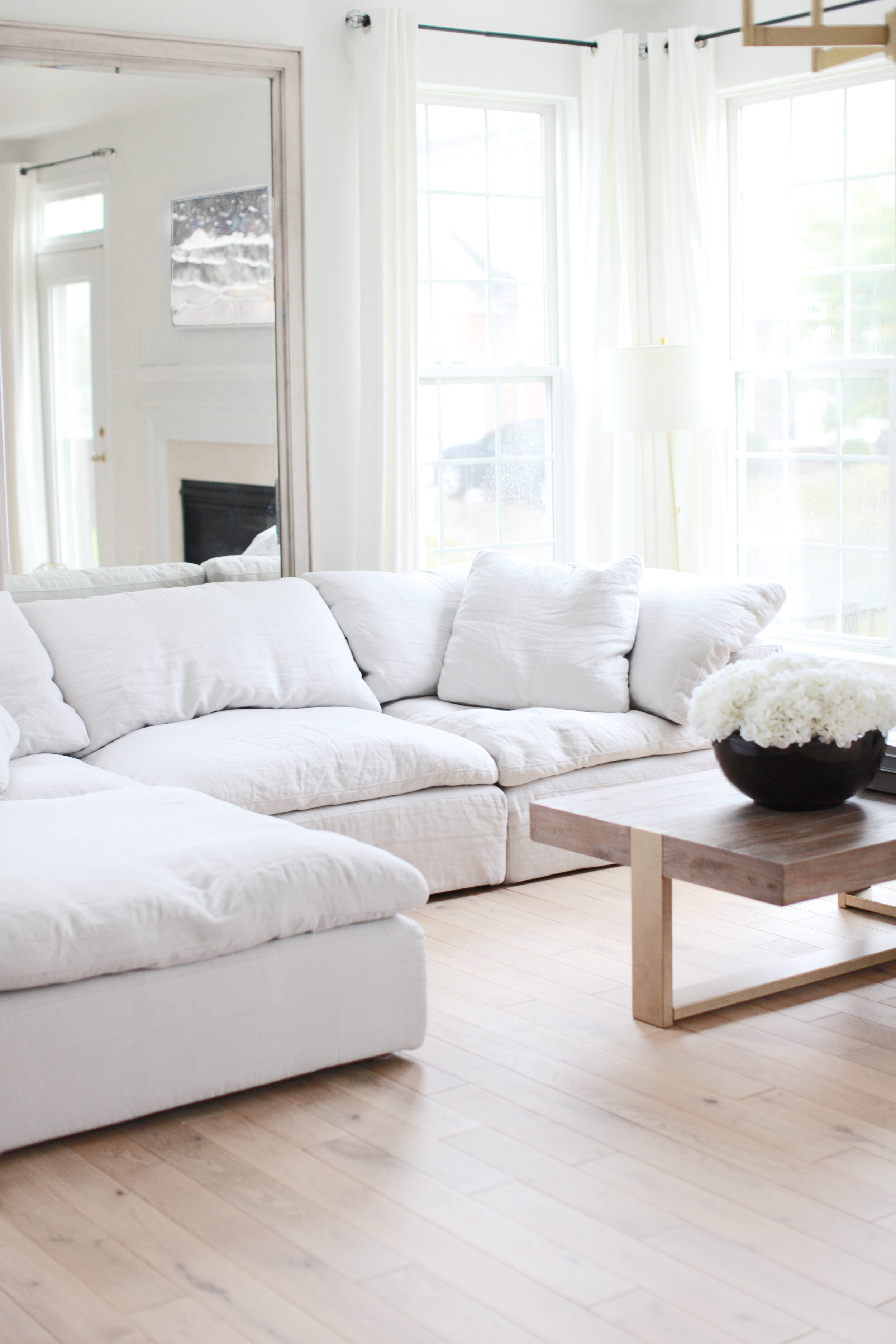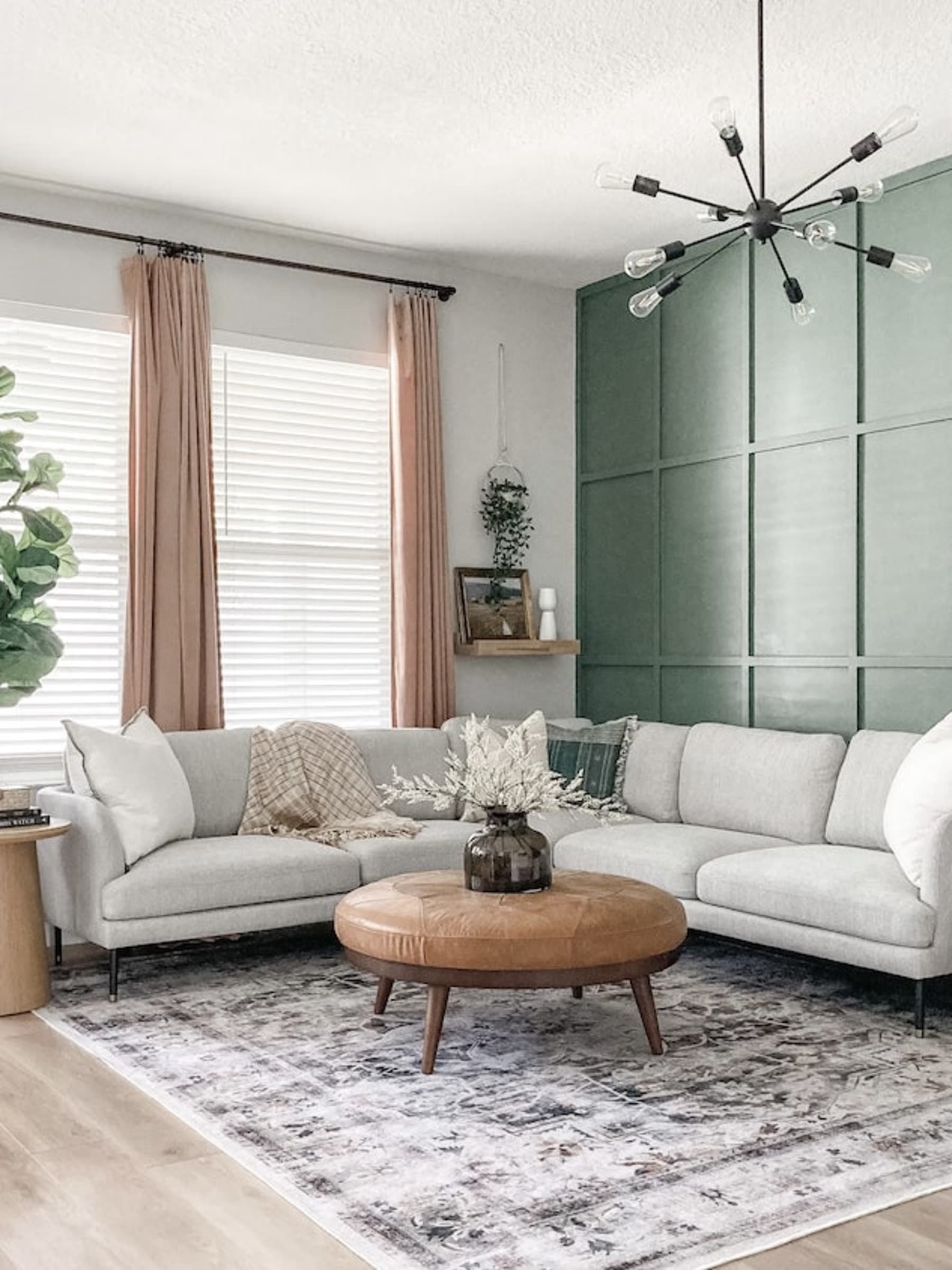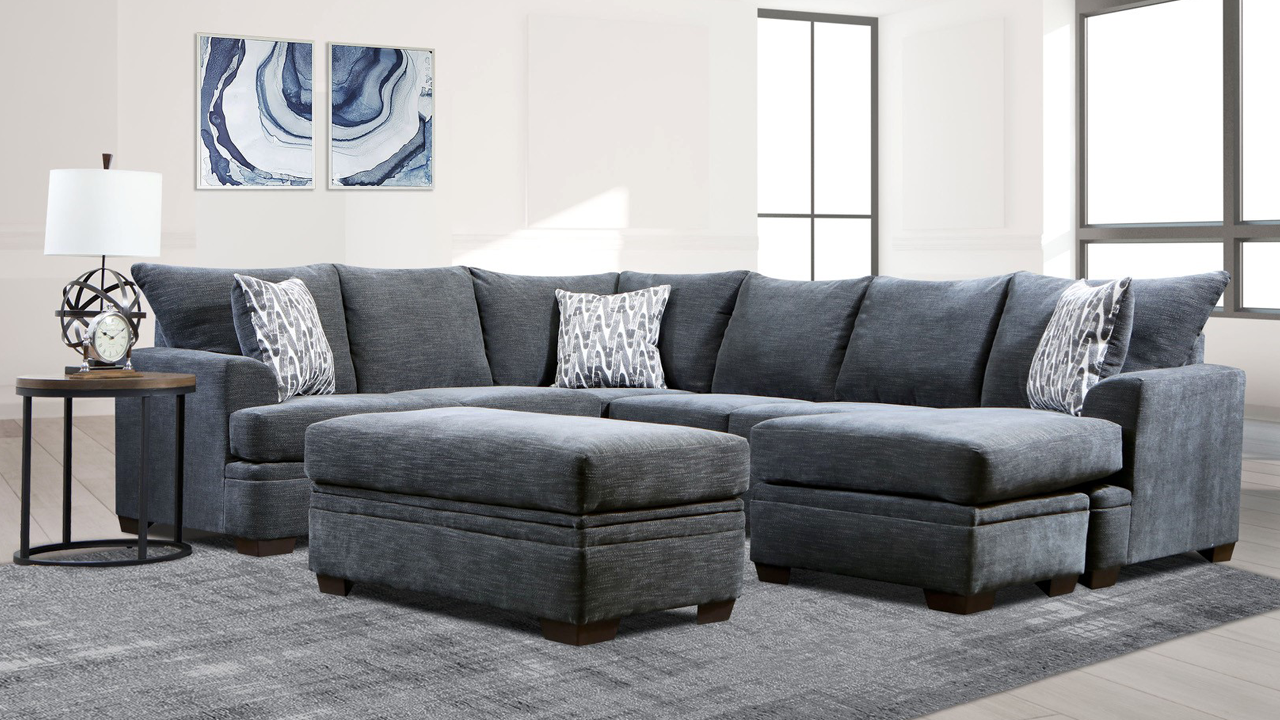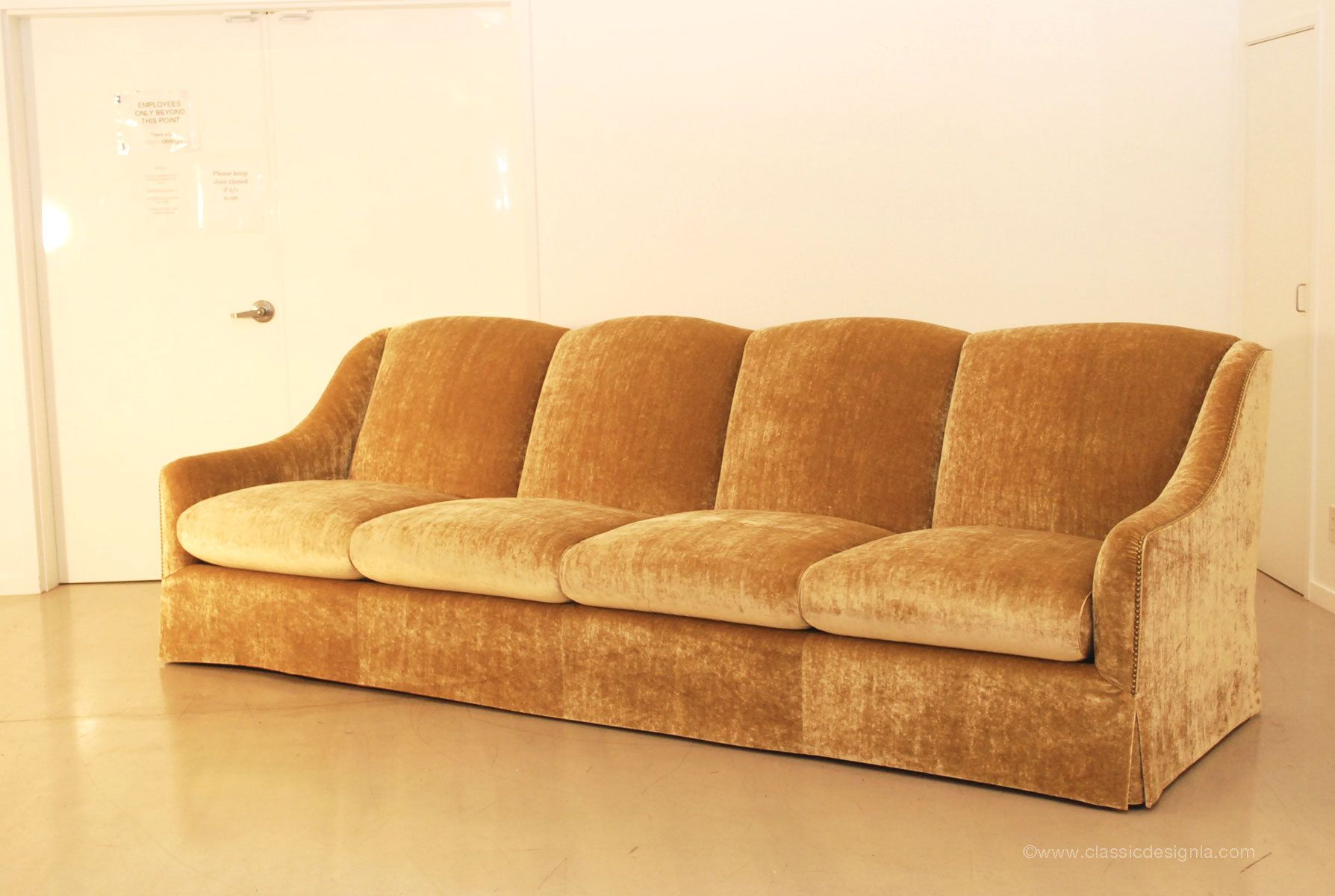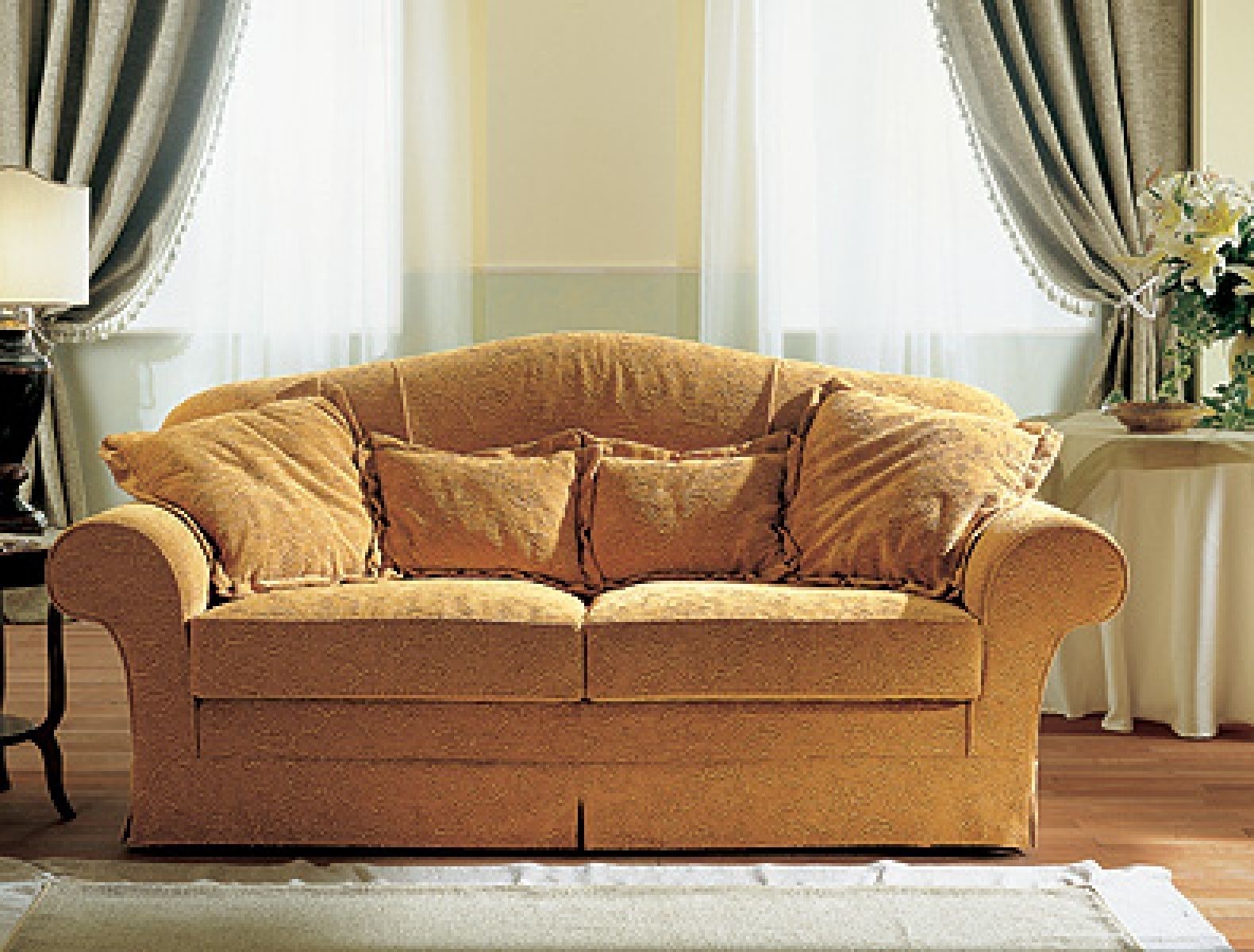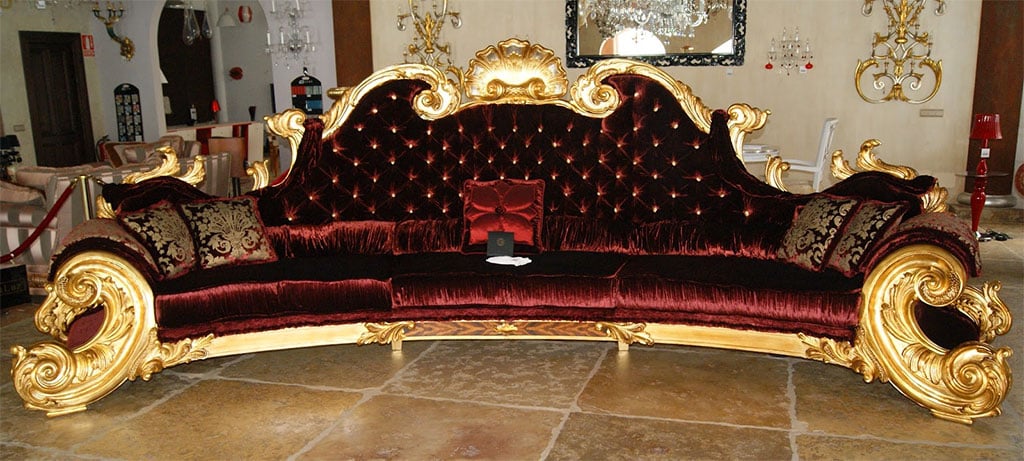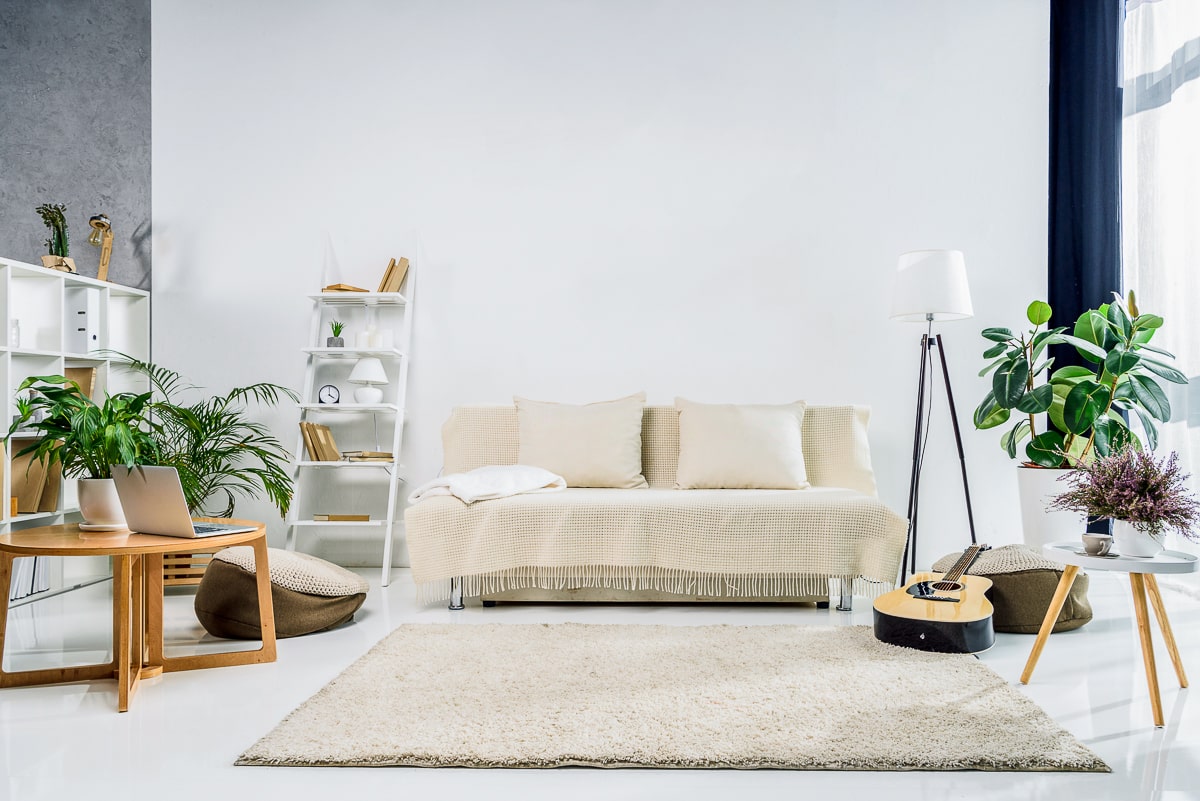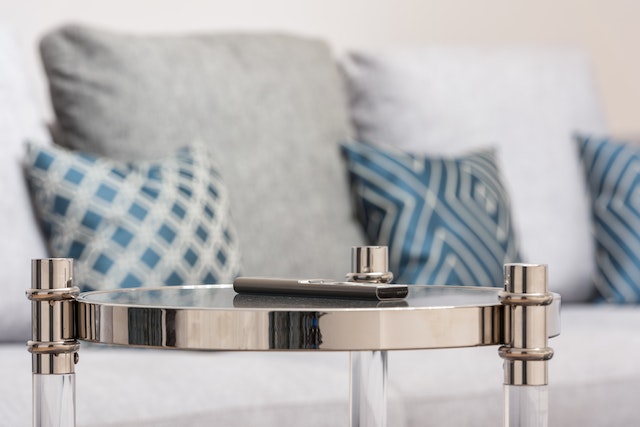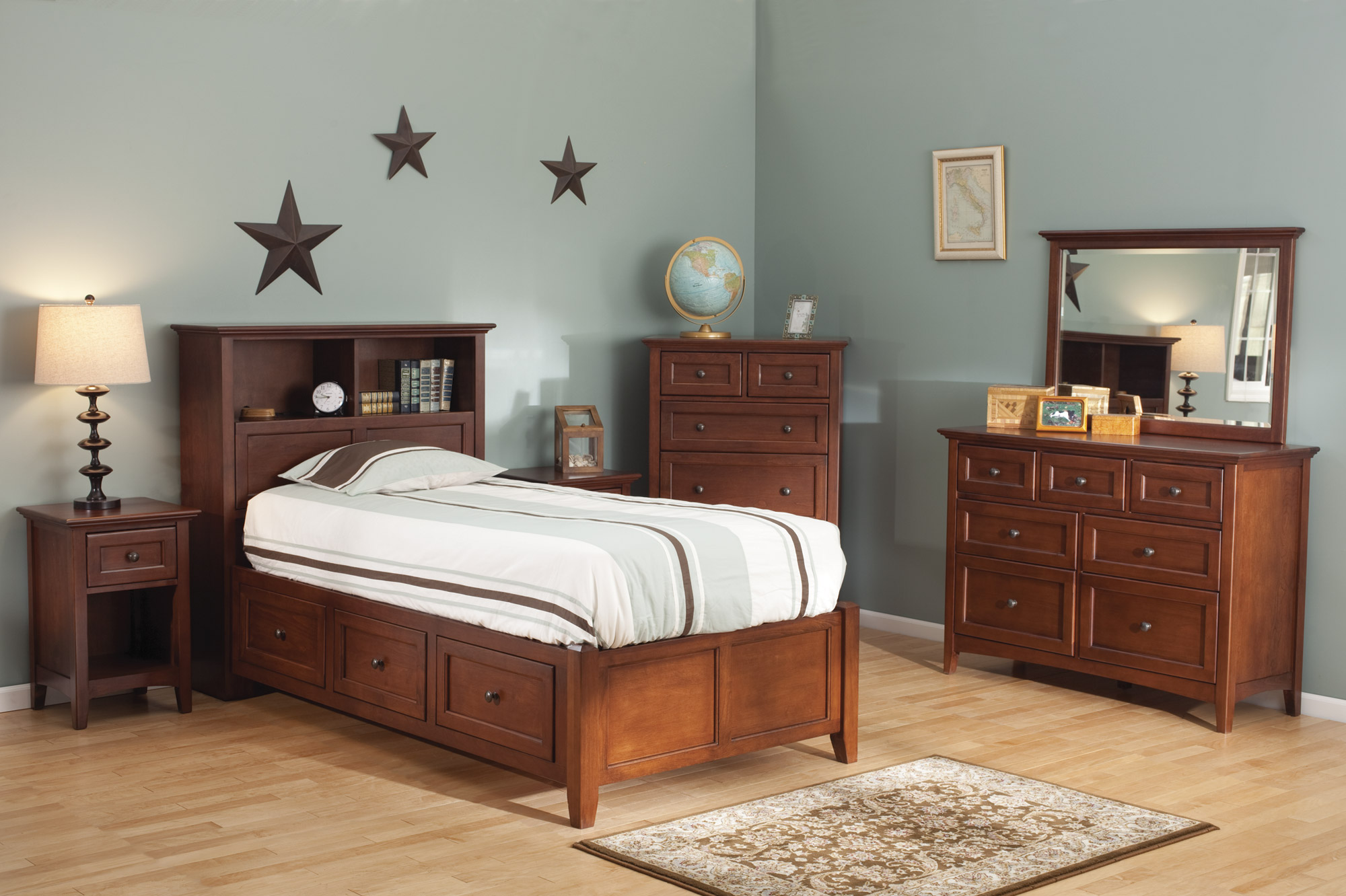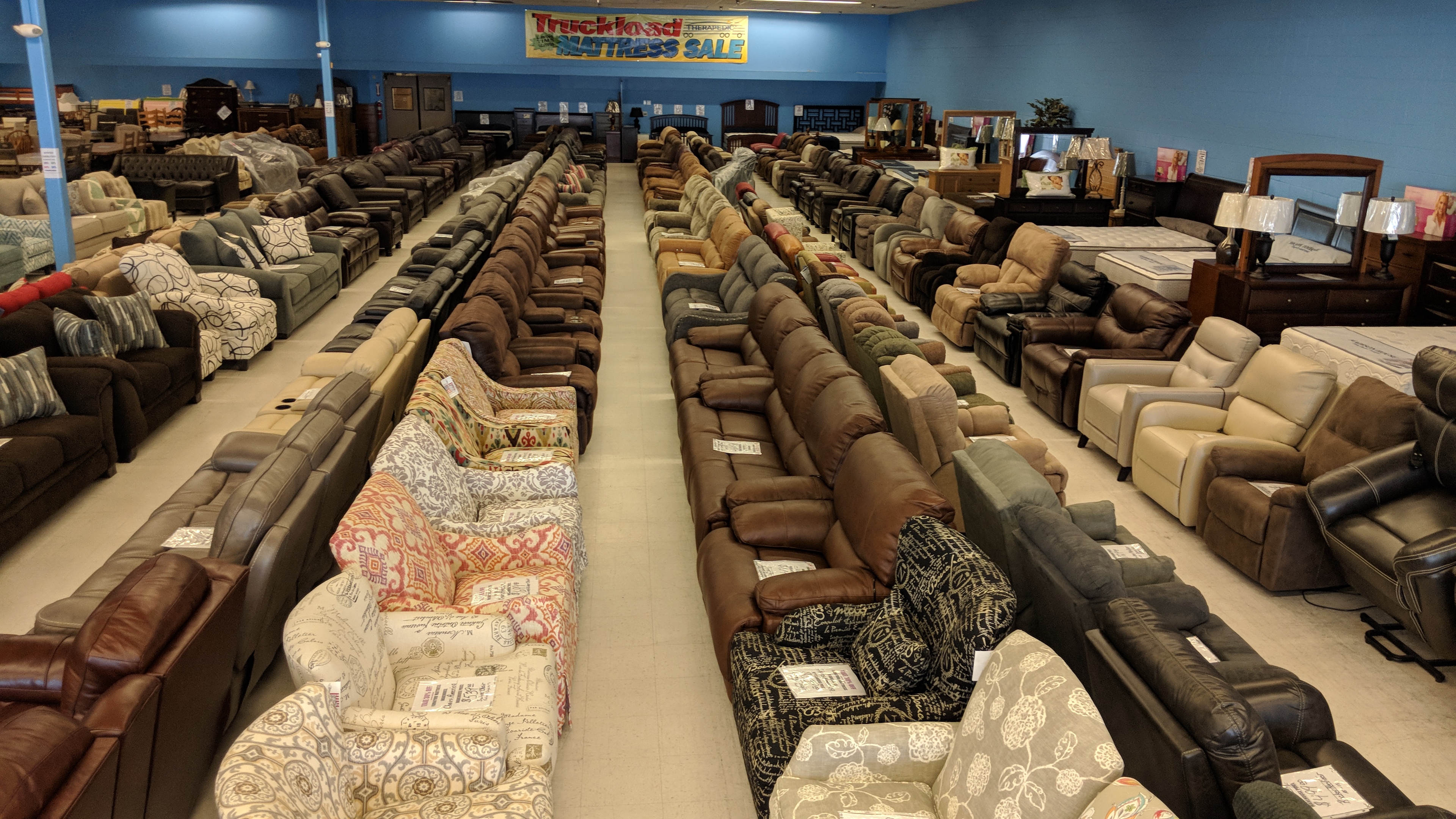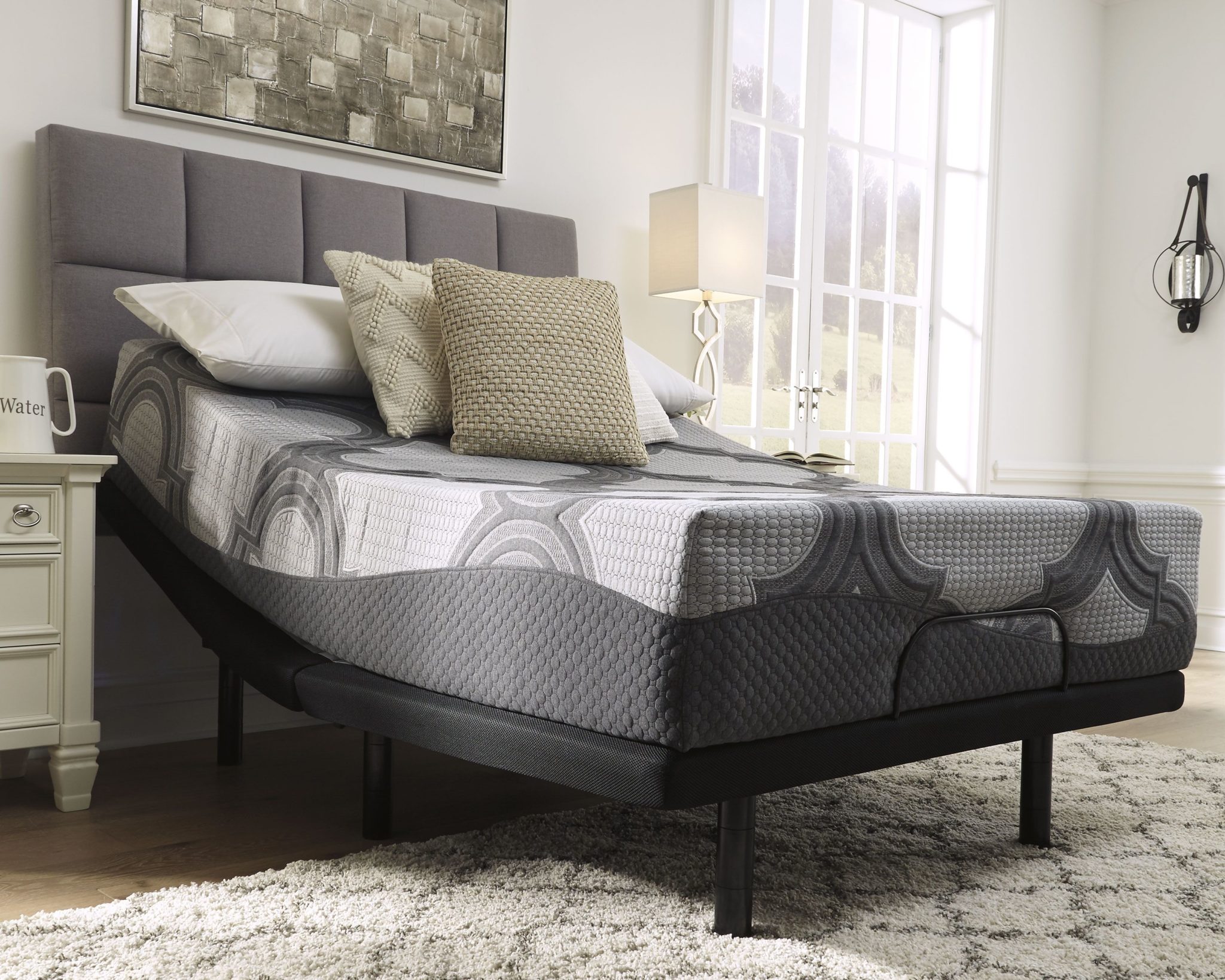Sofa beds are a popular choice for those looking to save space in their homes. However, one major disadvantage of these versatile pieces of furniture is their durability. While they may seem sturdy at first, frequent use as both a sofa and a bed can cause wear and tear over time. Constantly folding and unfolding the sofa bed can lead to loose screws, broken frames, and weakened joints, making the furniture less stable and prone to damage. This can be a major inconvenience and expense for those who rely on their sofa bed as their main sleeping space.1. Durability issues with frequent use
While sofa beds may provide a convenient solution for accommodating guests, they often fall short in terms of comfort. The thin mattress and lack of support can cause discomfort and back pain, especially for those with existing back problems. Compared to a traditional bed with a supportive mattress, sofa beds may not provide the same level of comfort for a good night's sleep. This can be a major drawback for those who frequently use their sofa bed as their primary sleeping space.2. Limited comfort compared to traditional beds
Another disadvantage of sofa beds is their weight and bulkiness, making them difficult to move and transport. Unlike regular sofas, which are usually lightweight and easy to maneuver, sofa beds can be heavy and cumbersome to lift. This can be a major inconvenience for those who live in apartments or have limited space in their homes, as it may require additional help or specialized equipment to move the sofa bed from one room to another.3. Difficult to move and transport
As mentioned, sofa beds can be heavy and bulky, which can also be a disadvantage when it comes to rearranging furniture or cleaning. Their size and weight can make it difficult to move the sofa bed to vacuum or clean underneath, leading to a buildup of dust and debris. In addition, the bulkiness of sofa beds can take up a significant amount of space in a room, making it challenging to decorate or arrange furniture in a way that is aesthetically pleasing.4. Can be heavy and bulky
While some sofa beds come with a built-in mattress, others may require additional bedding to make them more comfortable for sleeping. This can be an added expense and inconvenience for those who already have limited space in their homes for storing extra bedding. Furthermore, the need for additional bedding can also take away from the convenience of having a sofa bed in the first place, as it may require more time and effort to set up the bed for use.5. May require additional bedding for comfort
Opening and closing sofa beds can be a hassle, especially if the mechanism is not smooth or easy to operate. This can be a major drawback for those with limited mobility or strength, as it may require more effort to transform the sofa bed from a sofa to a bed. In addition, if the mechanism is not well-maintained, it can become even more difficult to open and close the sofa bed, causing frustration and potentially leading to damage to the furniture.6. Can be difficult to open and close
When it comes to sofa beds, the design options can be limited compared to regular sofas. This is because the design must accommodate the mechanism for the bed, which may limit the variety of styles and sizes available. For those who are looking to match their furniture to their existing decor, this can be a disadvantage as they may not be able to find a sofa bed that fits their desired aesthetic.7. Limited design options compared to regular sofas
As mentioned earlier, sofa beds may not provide enough support for those with back problems, which can be a major disadvantage for those who rely on them as their primary sleeping space. The thin mattress and lack of support can lead to discomfort and exacerbate existing back issues. For those with back problems, it may be more beneficial to invest in a supportive mattress and traditional bed to ensure a good night's sleep and avoid potential back pain.8. May not provide enough support for those with back problems
While sofa beds can be a convenient and space-saving option, they can also be more expensive than traditional sofas. This is due to the added mechanism and materials required to transform the sofa into a bed. For those on a budget, this added expense may make sofa beds less appealing, and they may opt for a regular sofa instead.9. Can be more expensive than traditional sofas
Lastly, sofa beds may not be suitable for smaller living spaces, as they can take up a significant amount of room when fully extended. This may limit the functionality of the room and make it feel cramped. For those living in studio apartments or smaller homes, a traditional sofa may be a better option to save space and maintain a more open and airy living area.10. May not fit in smaller living spaces
Additional Disadvantage of Sofa Beds: Limited Comfort and Durability
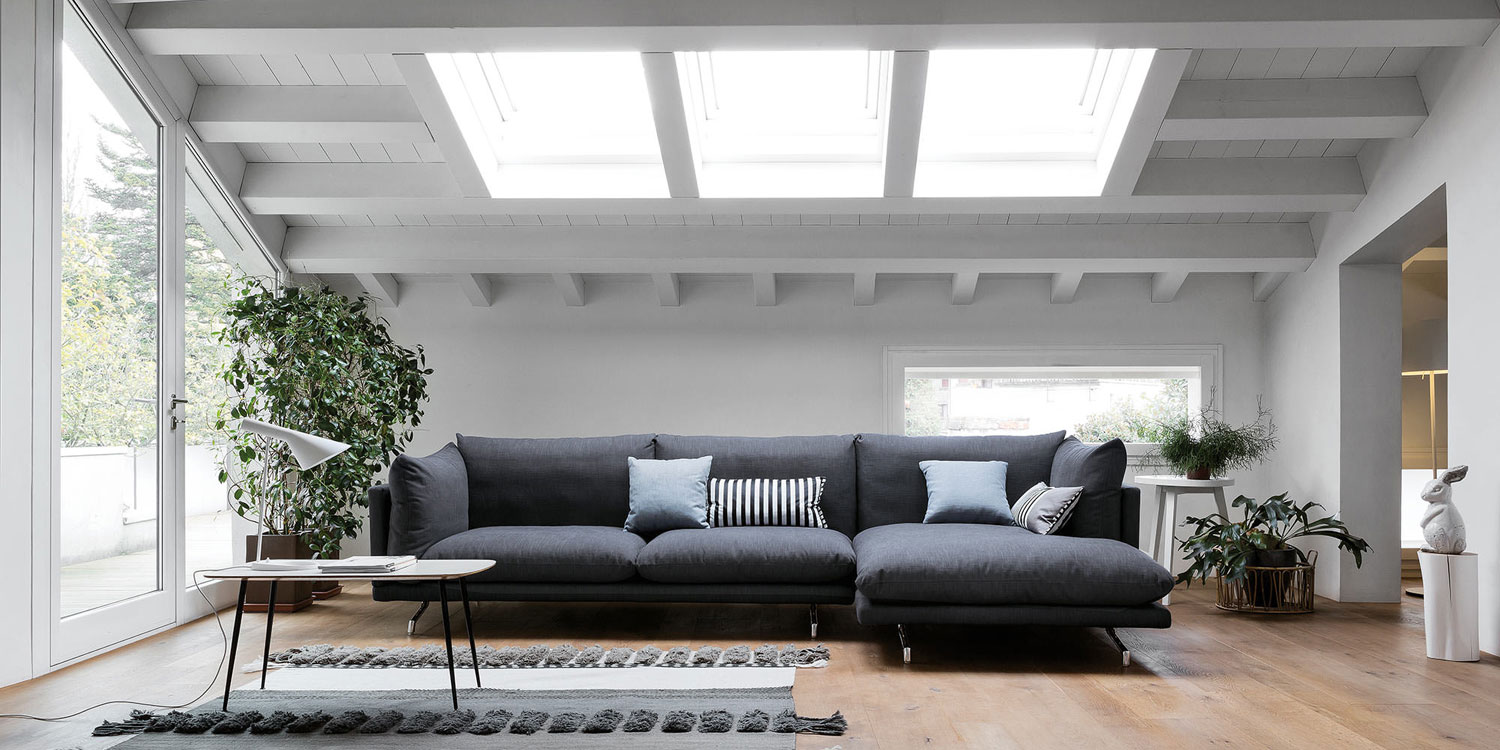
Sofa beds may seem like a convenient and practical solution for small living spaces or for hosting guests, but they also come with their fair share of disadvantages. One major downside is the limited comfort and durability they offer. While regular sofas are designed with comfort in mind, sofa beds have to compromise on this aspect due to their dual functionality. The mattress on a sofa bed is often thinner and less supportive, making it uncomfortable for long-term use. This can lead to backaches and discomfort for both the guests and the homeowners.
Limited Durability
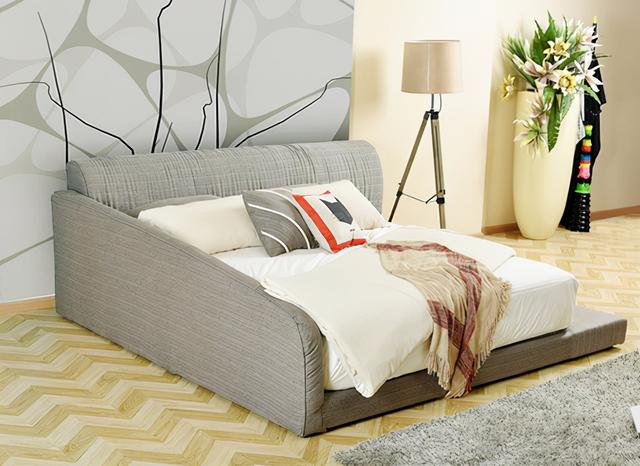
The dual functionality of a sofa bed also affects its durability. The constant folding and unfolding of the bed can cause wear and tear on the frame and mattress, leading to a shorter lifespan compared to regular sofas. The frame of a sofa bed is also typically lighter and less sturdy, making it more prone to breakage and damage. This means that the sofa bed may need to be replaced sooner than a regular sofa, adding to the overall cost.
Less Customization Options
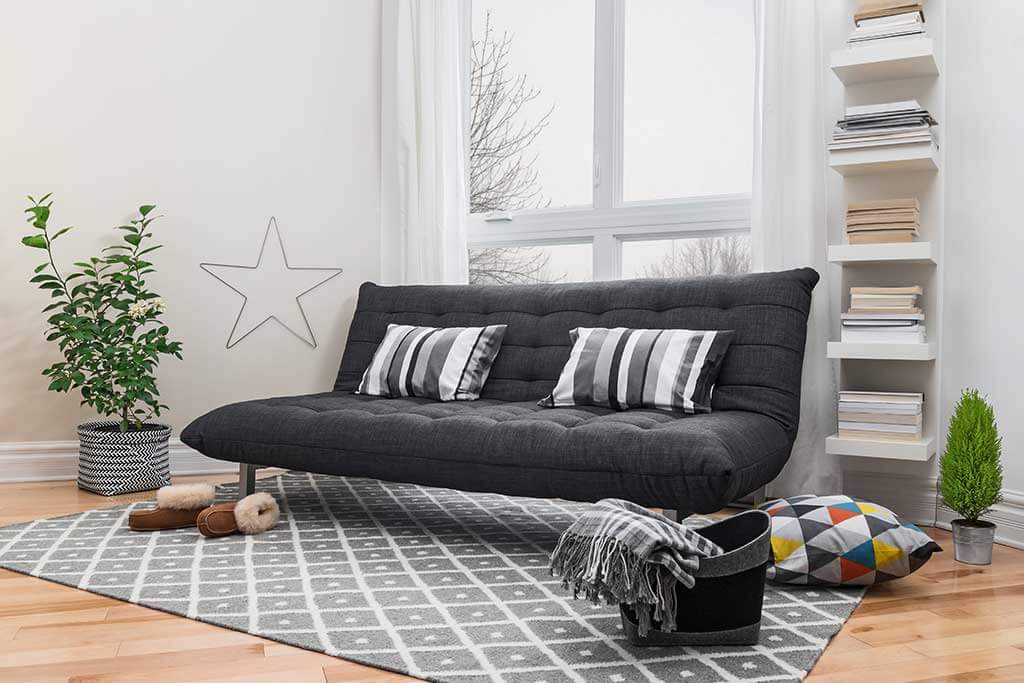
Another disadvantage of sofa beds is that they offer limited customization options. Unlike regular sofas which come in various designs, sizes, and styles, sofa beds are limited in their options. This is because the bed mechanism and mattress take up space and restrict the design and size of the sofa. This can be a major drawback for homeowners who want to match their furniture to their personal style and home decor.
In conclusion, while sofa beds may seem like a practical and space-saving solution, they come with their own set of disadvantages. The limited comfort, durability, and customization options can make them a less desirable choice for homeowners. It is important to carefully consider these factors before investing in a sofa bed for your home.
